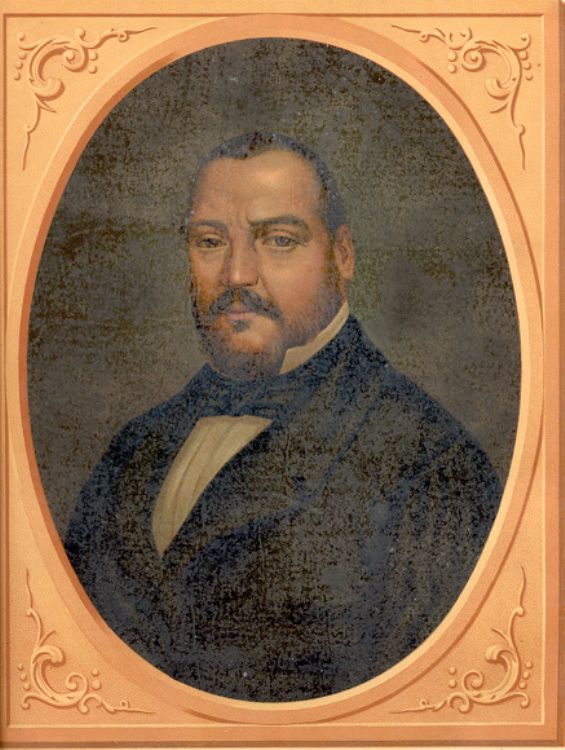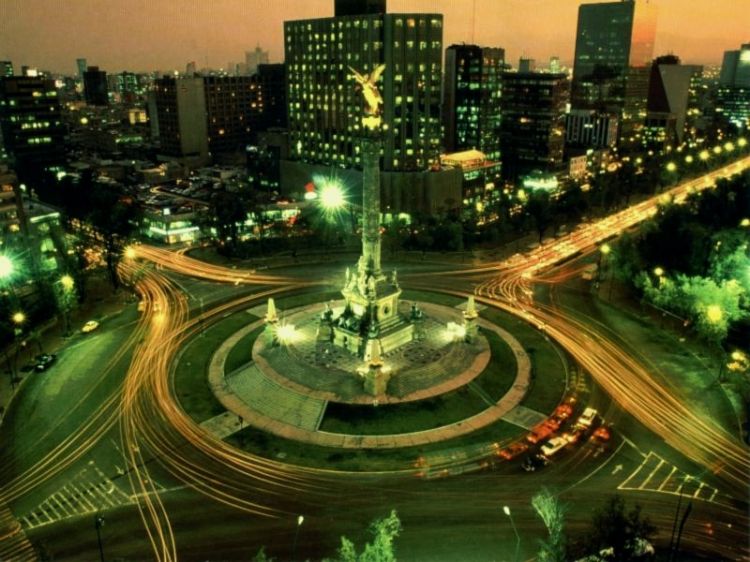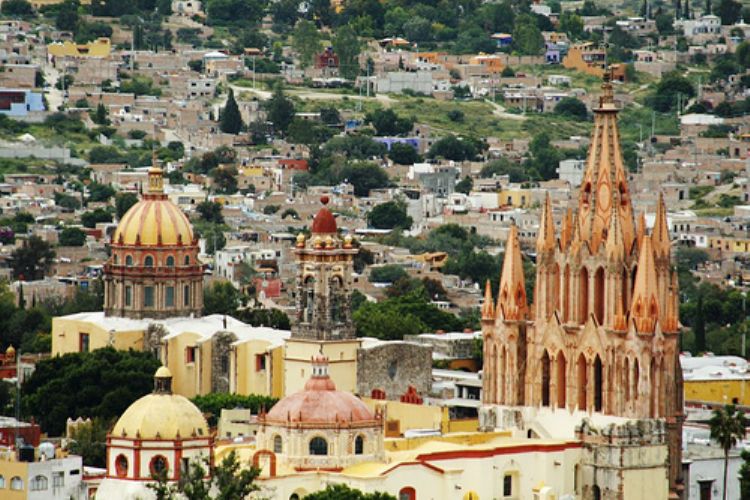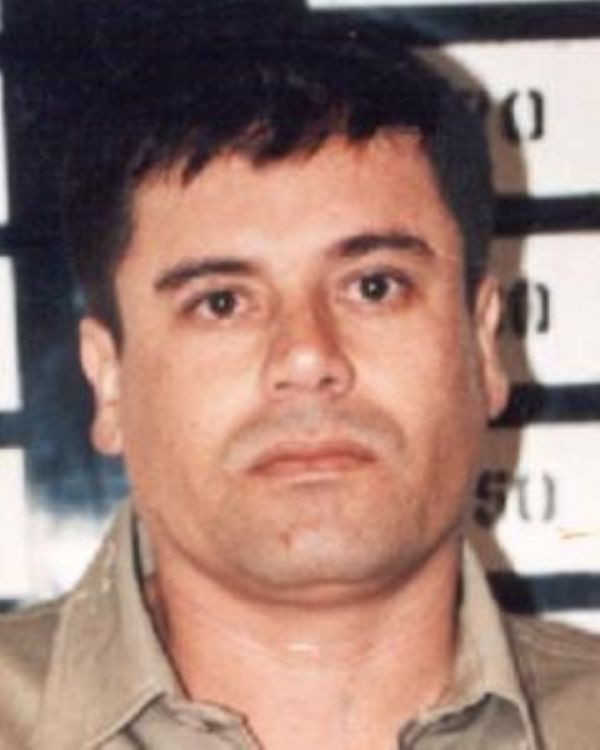Electricity Generation In Mexico
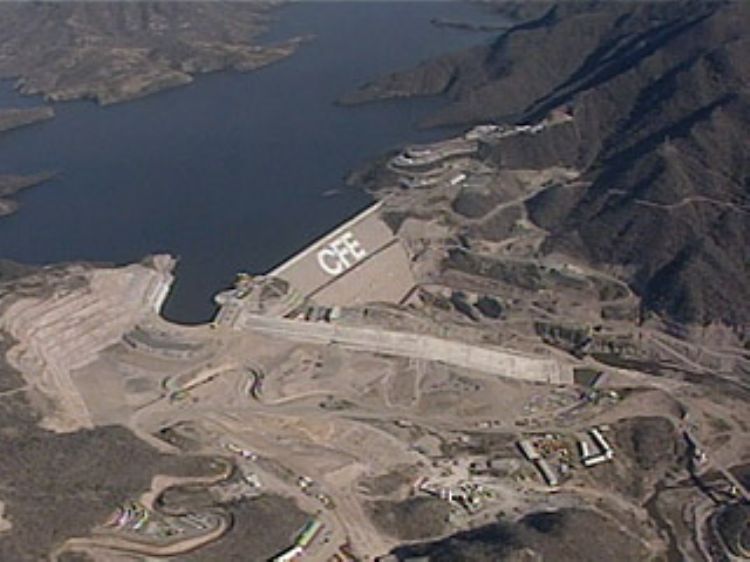
Until 2013, Article 27 of the Constitution gave exclusively the capability to generate electric energy for the public service to the Government and its dependences. Due to the reforms created during the government of President Peña Nieto, the sector suffered a change in order to make the market open for more competition. Here's a brief look at the generation of electricity in our country.
Historical frame:
In 1937 Mexico was living through difficult circumstances in terms of supply and service coverage, which was in private hands, the service was bad and expensive. To remedy this situation, the creation of a state agency was necessary. This one would promote the grid to reach the entire country and not just on the biggest towns and communities where private companies could recover their investments in a faster way; the Comision Federal de electricidad (CFE) was born.
The generating capacity reached by CFE could not be matched by private companies. By 1960 there was an installed capacity of 2,308 Megawatts, of which CFE generated 54% of this. The rest was in the hands of companies like Mexican Light, which produced 25% and the American and Foreign which contributed 12%, being just a 9% generated by other smaller companies. Since private companies have made little investment and the project was to improve the distribution of energy, President Adolfo Lopez Mateos proceeded to declare the nationalization of the industry in 1960. Thus, facilities that had belonged to private companies, were purchased abroad and there was an increase service coverage at an accelerated pace.
Some difficulties faced by the commission were for example to unite the separate systems production of the above companies, various types of operating voltage, the coexistence of two electrical frequency, 50 and 60 hertz systems (the most used actually) among others. But with a lot of technical work and effort 90% coverage of the country was overcome before the 90´s. The power generation capacity was 35.385 MW in 2000, while there was an electricity coverage above from 94.70%, a transmission and distribution network of 614.653 kms, equivalent to over 15 full turns to Earth and more than 18.6 million users, adding almost one million every year.
Another significant change for the energy industry occurred in 2009, when the organization Luz y Fuerza del Centro, responsible for marketing and distributing energy in the Midwest was extinguished as an institution. The reasons for this were its low economic growth, huge labor liabilities, ineffective collection systems (some debtors owned more than 8 years of the service, never paying a single receipt) and low quality of service, therefore its operations became absorbed by the CFE. Failures were common at the first two years after the service change, not being familiar the CFE with the technical facilities formerly owned by Luz y Fuerza, but quickly exceeded.
The main challenge for the CFE today is the generation of sustainable energy that in the long run will diminish the use of fossil fuels such as oil and gasoline, which by 2015 were providing little more than 75% of power generation. Still, there efforts were done as the creation of the Electric Power Research Institute and the Comision Federal de Electricidad prompted the first wind farm in the Isthmus of Tehuantepec, in La Venta, Oaxaca, which has 98 turbines producing 83 megawatts, on 700 hectares.
Talking about of legislation it should be noted that from 1960 to 2014 energy trading could only be made by state agencies, however power generation could be done (for self use) by individuals, indeed Walmart has its own wind farm at Oaxaca area where it gets low-cost energy for its stores since the middle of 2000. As the construction of facilities or use of land for energy generation, the legal public tender (bidding) is the manner contemplated today. For example, If you say you are going to build a new geothermal generator in an area, the CFE must now submit their proposal together with the private companies who want to build.
As a final figures that the term of connecting new users to the network is 1.22 days, 98.47% of the population has access to electricity and there are 469.6 users per worker in the company, all data form 2015. About the infrastructure there were 215 generation plants, with 1,081 units of generation. Overall, the installed capacity was 54,374.7 megawatts (MW), according to data from 2014. Without any doubt, the electricity generation filed is interesting and little can be predicted about it in the future.
Artículo Producido por el Equipo Editorial Explorando México.
Copyright Explorando México, todos los Derechos Reservados.
Foto: cfe.gob.mx

